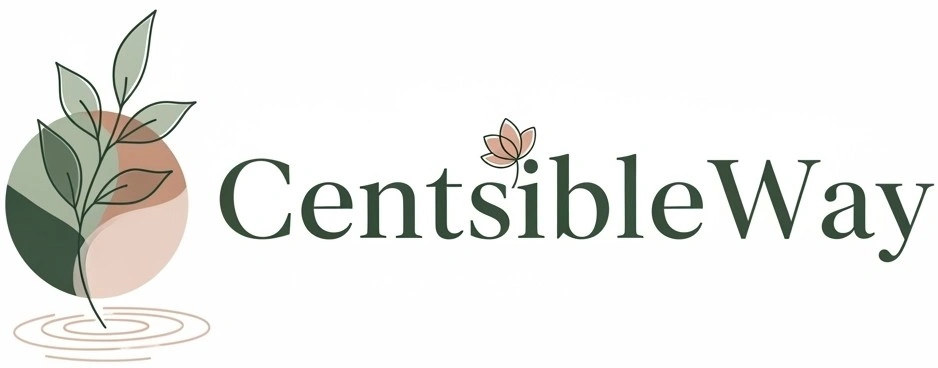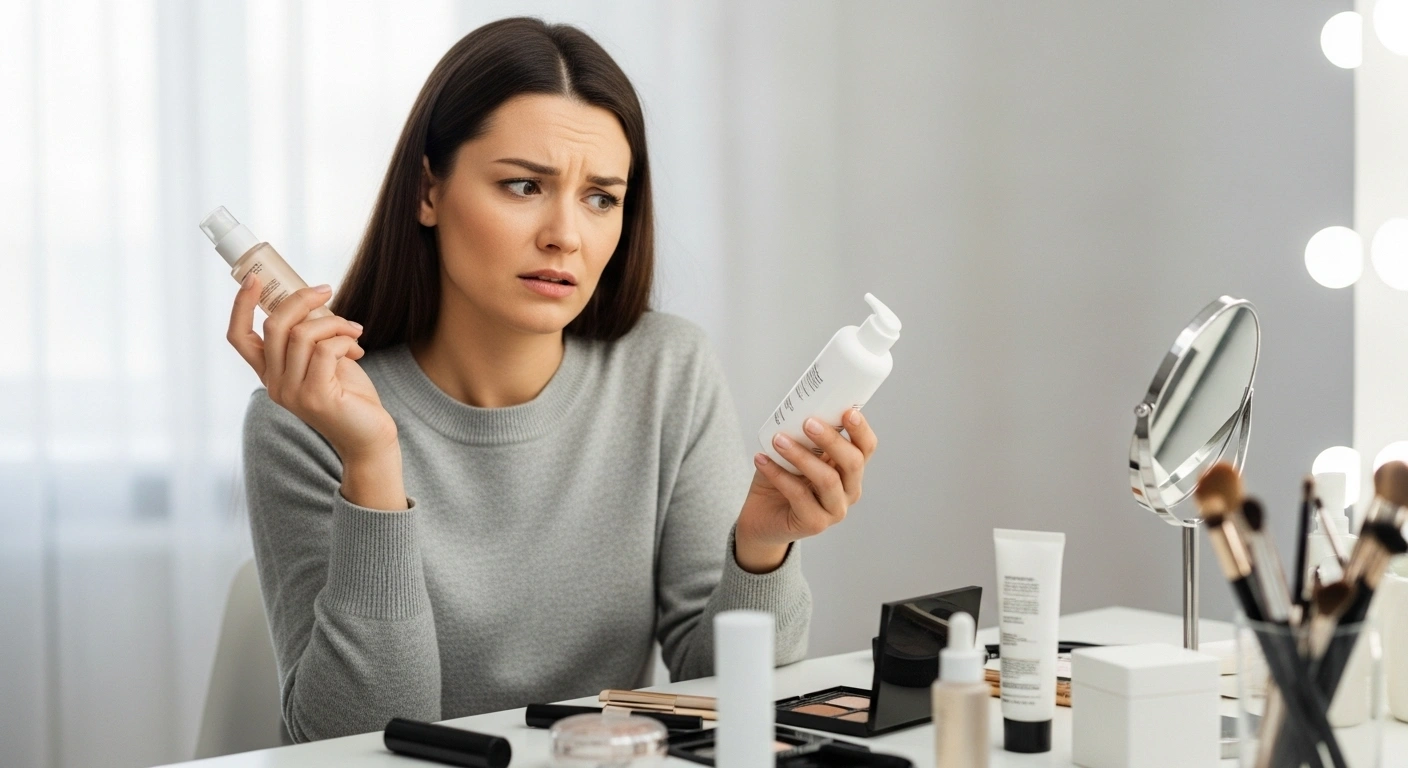In the vast world of beauty, many notions persist that, while widely accepted, may not hold true. These misconceptions often lead consumers to spend money unnecessarily, chasing results that are either unattainable through the methods employed or can be achieved through far simpler, more cost-effective means. Understanding these common beauty myths can help individuals make more informed decisions, saving both money and potential frustration.
1. The Myth of “Miracle” Anti-Aging Creams
Many expensive creams promise to erase wrinkles and reverse the signs of aging. While some ingredients like retinoids and hyaluronic acid can improve skin texture and hydration, no topical cream can genuinely “erase” deep wrinkles or provide the same results as medical procedures. The significant cost of many anti-aging creams often reflects marketing efforts more than product efficacy. Consumers frequently pay a premium for brand names rather than for superior results.
2. You Need a Full 10-Step Skincare Routine
Social media often promotes extensive skincare routines involving numerous products. While a consistent routine is beneficial, a 10-step process is often excessive and can even irritate the skin, especially for those with sensitive complexions. A simpler routine focusing on cleansing, moisturizing, and sun protection often provides ample benefits. Adding too many active ingredients can lead to counterproductive effects and increased spending on unnecessary items.
3. Natural or Organic Products Are Always Better
The terms “natural” and “organic” suggest a healthier, safer alternative. However, these labels do not automatically equate to superior performance or safety. Many natural ingredients can cause allergic reactions or skin irritation. Conversely, synthetic ingredients are often well-researched, stable, and highly effective. Consumers should evaluate products based on their ingredients and scientific backing, not solely on their “natural” status.
4. Higher Price Means Higher Quality
This pervasive myth suggests that an expensive product is inherently better than a more affordable one. In the beauty industry, pricing can reflect branding, packaging, or marketing budgets more than the quality or concentration of active ingredients. Numerous drugstore brands offer effective formulations at a fraction of the cost of luxury items. Comparing ingredient lists can often reveal similar compositions between high- and low-priced products.
5. You Can “Shrink” Your Pores
Pore size is primarily determined by genetics and cannot be permanently altered or “shrunk” by topical products. While certain ingredients like salicylic acid or retinoids can help to keep pores clear, making them appear smaller, they do not reduce the actual size of the pore. Products claiming to visibly shrink pores often provide temporary improvements in appearance rather than a fundamental change.
6. Daily Shampooing is Essential
For many individuals, daily shampooing strips the hair of its natural oils, leading to dryness or increased oil production as the scalp tries to compensate. The frequency of hair washing depends on hair type, lifestyle, and individual preference. Washing hair every two to three days, or even less frequently for some, can maintain hair health and cleanliness without excessive product use.
7. You Must Regularly “Detox” Your Hair and Scalp
“Detox” shampoos and treatments are marketed to remove product buildup and impurities. While occasional clarifying can be beneficial, especially for those who use many styling products, regular “detoxing” is often unnecessary. A standard shampoo and conditioner routine generally suffices to keep the hair and scalp clean. These specialized products can be harsh and are often an additional, unneeded expense.
8. Split Ends Can Be Repaired
Once a hair strand splits, it cannot be genuinely “repaired” by any product. While some serums and conditioners can temporarily bond split ends, making them appear smoother, this is a cosmetic fix. The only definitive way to eliminate split ends is to cut them off. Continual investment in “repairing” products can be a costly exercise with limited long-term efficacy.
9. SPF in Makeup is Sufficient Sun Protection
Many foundations and BB creams contain SPF, leading some to believe they are fully protected from sun damage. However, the amount of product typically applied for makeup coverage is often insufficient to provide the stated SPF level. Furthermore, areas not covered by makeup remain unprotected. A dedicated broad-spectrum sunscreen applied generously is essential for effective sun protection.
10. You Need Different Products for Day and Night
While some products are formulated for specific times (e.g., heavier moisturizers at night, lighter ones during the day), the idea that a completely separate range of products is always necessary is a marketing strategy. Often, a few versatile products can serve both day and night routines effectively. For instance, a good antioxidant serum can be beneficial both in the morning under sunscreen and at night.
By understanding these prevalent beauty myths, consumers can discern between effective solutions and unnecessary expenditures. Prioritizing evidence-based skincare practices and being critical of marketing claims can lead to a more effective and economical beauty regimen.

